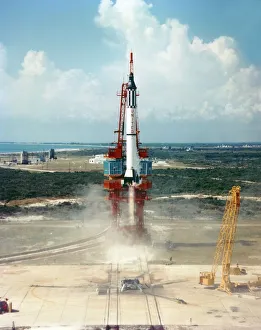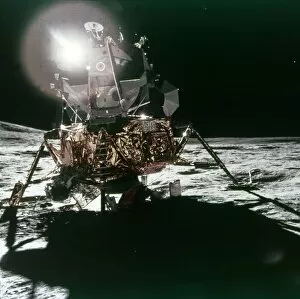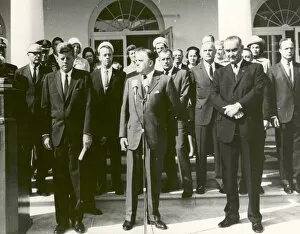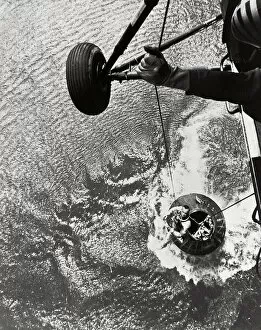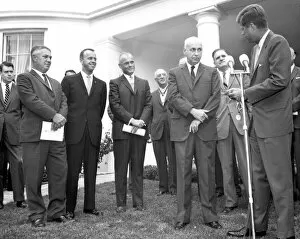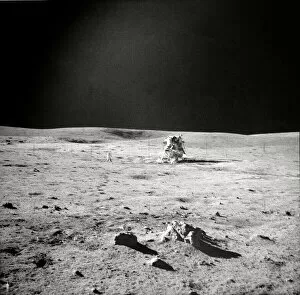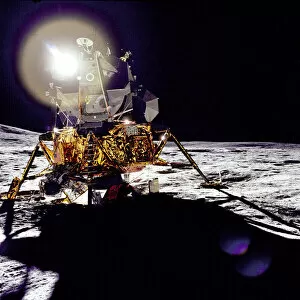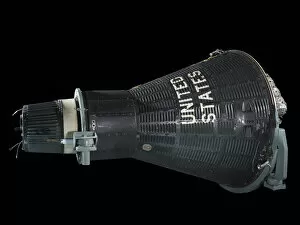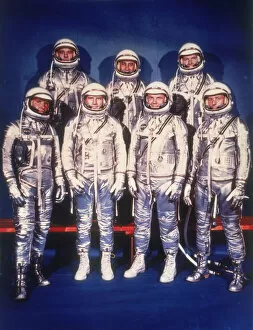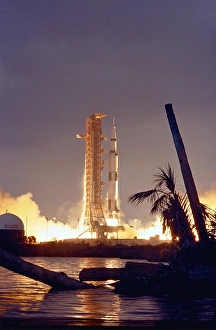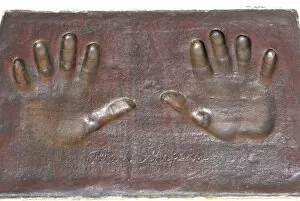Alan Shepard Collection
Alan Shepard was a pioneering American astronaut who made history as the first person from the United States to venture into space
All Professionally Made to Order for Quick Shipping
Alan Shepard was a pioneering American astronaut who made history as the first person from the United States to venture into space. In 1961, he embarked on the momentous journey of the first US manned space flight, marking a significant milestone in human exploration beyond Earth's atmosphere. This groundbreaking achievement propelled Shepard into the realm of legends and solidified his place in space exploration history. Shepard's contributions to NASA's Apollo program were equally remarkable. In February 1971, he commanded the Apollo 14 mission, which saw him land the Lunar Module Antares on the Moon's surface. This daring feat allowed Shepard and his fellow astronaut Edgar Mitchell to conduct vital scientific experiments and collect valuable lunar samples during their Extra-Vehicular Activity (EVA) on this alien world. Throughout his career, Shepard received numerous accolades for his extraordinary achievements. In 1963, he stood proudly alongside his fellow Mercury astronauts as they were honored with the prestigious Collier Trophy at a ceremony held at the White House in Washington D. C. , showcasing their immense contributions to advancing human spaceflight. Shepard had several encounters with influential figures during his time as an astronaut. One iconic image captured President John F. Kennedy presenting an award to Robert Gilruth, director of NASA's Manned Spacecraft Center - a moment that symbolized Kennedy's unwavering support for America's ambitious space program. Another memorable photograph shows Shepard being hoisted from his Mercury capsule after completing one of his historic missions - capturing both triumph and relief after enduring rigorous training and facing unknown dangers while venturing into uncharted territory. In addition to these moments of recognition and celebration, there were also instances where Shepard played host himself. President Kennedy visited Cape Canaveral in Florida in 1962 for a tour of NASA's Mercury Control Center under Shepard’s guidance – highlighting how closely intertwined politics and science became during this era of rapid technological advancement. The legacy left by Alan Shepard extends far beyond the confines of Earth.

